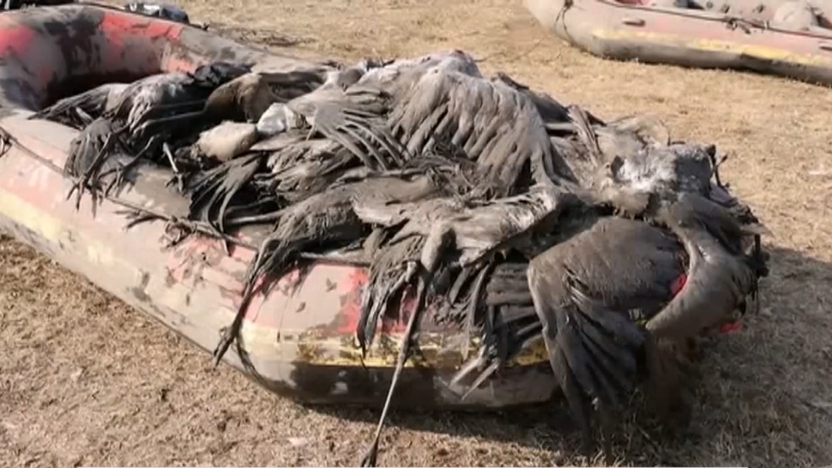Alert of increasing outbreaks of avian influenza in animals around the world

Scientists ask themselves the following question: Could bird flu be the next pandemic? Fear is based on increase in cases it will silently happen all over the world. Several months ago they already warned that bird flu had been found on all continents. even in Antarctica.
Raul Rivas, a microbiologist at the University of Salamanca, explains: “In just three to four years, the number of infected birds will reach millions.” Every time there is more outbreaks in the world and not only in birds. Raul Rivas notes that cases of the disease also occur in minks, ferrets, cats, foxes, bears, sea lions, cows, etc.
Raul Rivas states: “It is clear that there is a stable transmission from birds to mammals” Today we know that the virus has been spreading among American cattle for several months, and there are cases of infection. infected farmers in the country. Experts say that these infections occur from direct contact with livestock.
The problem is that this virus has pandemic potential.
The problem is that this virus has pandemic potential, explains Raul Rivas: “If airborne transmissionvirus ability infect human cells and its ability to evade the human immune system; Well, we have a serious problem.”
World Health Organization (WHO) asks to strengthen surveillance and monitor her in real time. Raul Rivas also agrees that he needs to be monitored for any possible outbreaks, since the fact that he can adapt to mammals allows him to give more easily go to human form.
The situation is alarming, but the risk of transmission between people is very low.
The situation is alarming, but the risk of transmission between people is very low. Demetre DaskalakisDeputy Coordinator of the National Monkeypox Response Program at the White House, says: “If you are not in contact with these animals, the risk is very very low“
From 2003 to April 1, it was carried out 889 people became infected. and 463 died, virus mortality This is 52%. The situation could change if the virus spreads to pigs. Raul Rivas emphasizes: “Recombinations can occur inside the pig, which lead to the emergence of a new, different virus that can infect people.” There is no need to worry at this time, but rather to monitor it more closely.
If the virus goes undetected in people, it could eventually mutate
WHO indicates that it is necessary to determine how many cases of human infection with the virus H5N1 virus (avian influenza) remain undetected because in this situation there is the greatest risk of virus mutation. Mutations are usually a concern because the virus may be better able to adapt to humans and easier to convey.
The most common way the virus enters the territory is through migratory wild birds. In the case of people main risk of infection It occurs through contact with diseased poultry, live or dead, or from contaminated environments such as live poultry markets.
